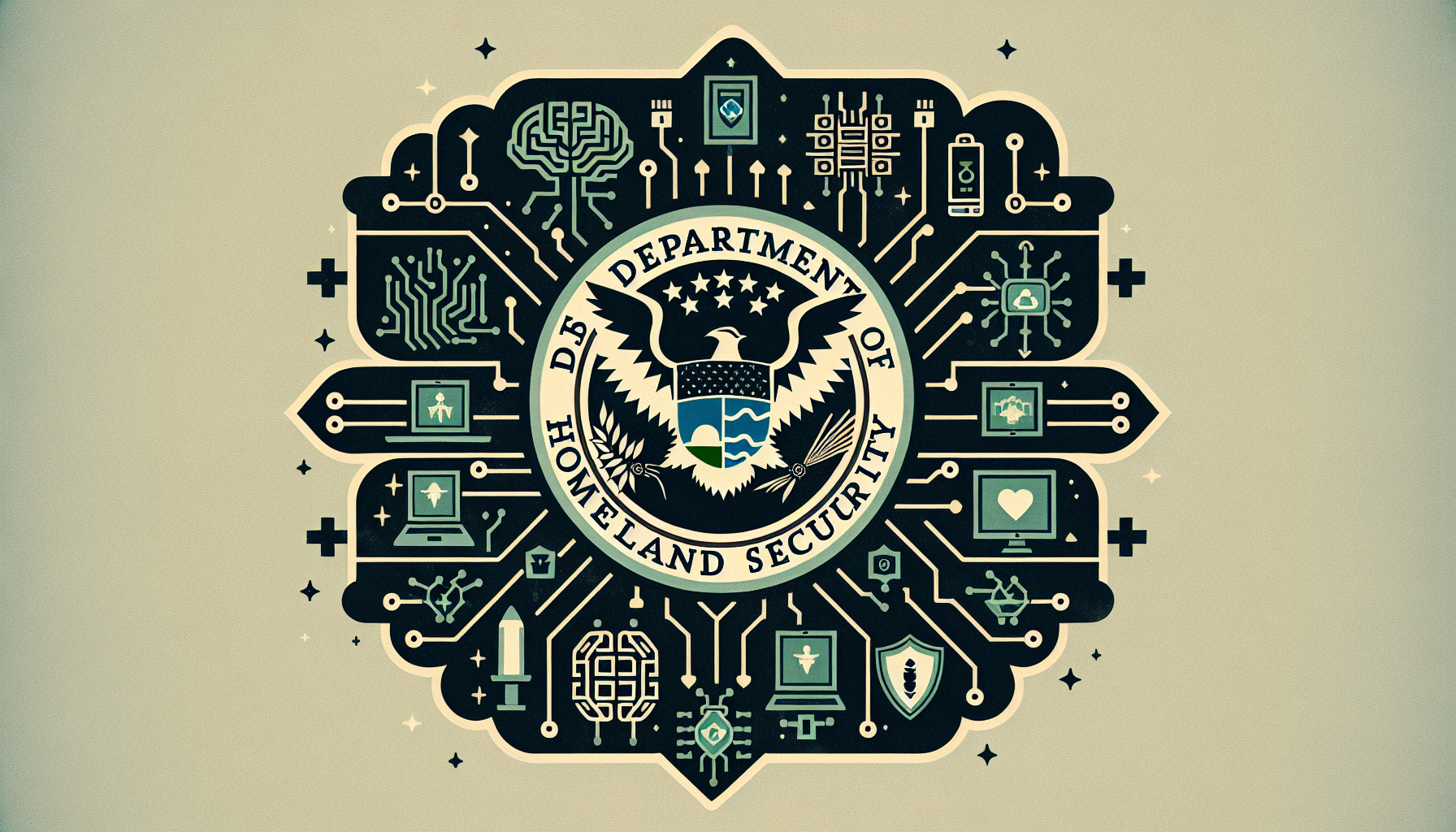The Department of Homeland Security (DHS) is making remarkable strides in using artificial intelligence (AI) to bolster the nation’s cybersecurity, setting an example for others. Working through its Science and Technology Directorate (S&T) and teaming up with key agencies, DHS is leading the charge in harnessing advanced technologies to protect the homeland from cyber threats. Here’s how they do it.
Real-Time Cyber Threat Management
DHS places a strong emphasis on managing cyber threats as they happen, especially those targeting vital infrastructure. By employing AI and machine learning (ML), DHS is developing smart algorithms that swiftly detect unusual patterns, allowing for quick actions to prevent potential breaches. This ensures that cyber defense is always alert and responsive.
Improving Software Analysis with AI
The department is also dedicated to strengthening software analysis tools with AI capabilities. Enhancing these tools helps in spotting and predicting vulnerabilities. For example, the Cybersecurity and Infrastructure Security Agency (CISA) has run tests on AI-driven vulnerability detection software. The findings highlight that while AI significantly boosts existing tools, it isn’t ready to replace them just yet.
Securing ML-Based Systems
As AI becomes more widespread, protecting these intelligent systems from vulnerabilities is crucial. DHS, in collaboration with CISA, is setting guidelines and running assessments to ensure AI systems are secure. Their efforts aim to prevent AI-related disruptions to essential services that affect national security and public safety.
Developing a Secure Multi-Cloud for AI
For safe AI technology development, DHS is working with CISA to create a secure multi-cloud environment. This platform will support AI innovation while ensuring that sensitive data is shielded from cyber threats, paving the way for robust and secure AI advancements.
AI Institute for Cyber Threat Intelligence
In a notable partnership with the National Science Foundation, DHS has launched the AI Institute for Agent-Based Cyber Threat Intelligence and Operation, known as ACTION. This initiative focuses on using advanced AI and ML techniques to shield critical systems from complex security risks. ACTION aims to reinforce the nation’s security by enhancing cyber intelligence and operational strength.
Global Cooperation and Best Practices
The fight against cyber threats is a collective effort. DHS collaborates worldwide, working with countries like Canada, Mexico, the European Union, and the Five Eyes partners. By sharing knowledge, threat data, and best practices, this global alliance ensures a coordinated and strong response to AI-enhanced cyber adversaries.
Creating the AI Corps
To support these initiatives, DHS has launched the AI Corps, aiming to recruit 50 skilled AI experts. These individuals, drawn from private and public sectors, will play crucial roles in responsibly applying AI across various mission-critical areas, including cybersecurity and counter-fentanyl operations. The AI Corps is a vital step towards building the talent necessary to advance DHS’s AI capabilities, while respecting privacy and civil rights.
Introducing the AI Safety and Security Board
DHS has also set up the AI Safety and Security Board (AISSB), comprising experts from diverse fields including technology, policy, and civil rights. This board offers guidance to the Secretary of Homeland Security on the secure deployment of AI, ensuring that its benefits are maximized while its risks are minimized.
In summary, DHS is at the forefront of innovations in cybersecurity through its strategic AI and ML initiatives. By fostering smart collaborations and committing to responsible AI practices, DHS is dedicated to protecting critical infrastructure, public health, and national security against evolving cyber challenges. Through these efforts, DHS is not only enhancing security but also paving the way for a safer, technologically integrated future.

Leave a Reply